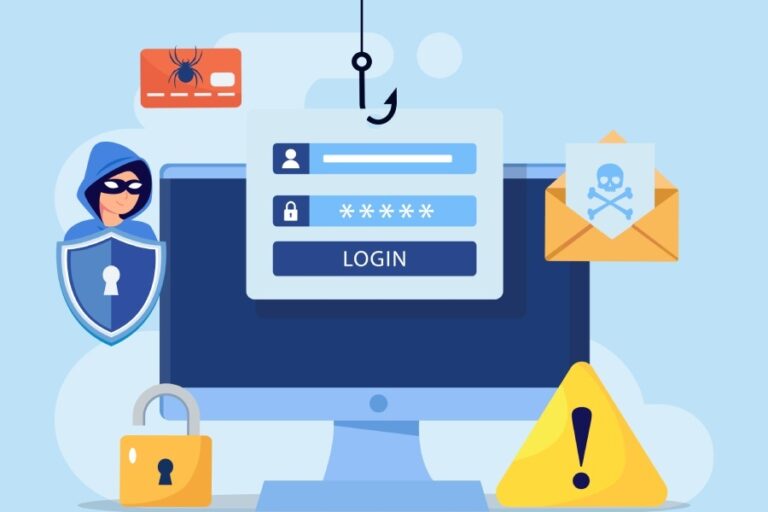Email Salting Attacks: How They Work and Prevention Techniques
In the realm of cyber threats, email salting attacks have emerged as a stealthy and sophisticated tactic that can catch even the tech-savviest among us off guard. Imagine receiving an email that looks perfectly normal but harbors hidden dangers underneath. This deceptive practice involves inserting invisible characters into email messages to slip past spam filters…







